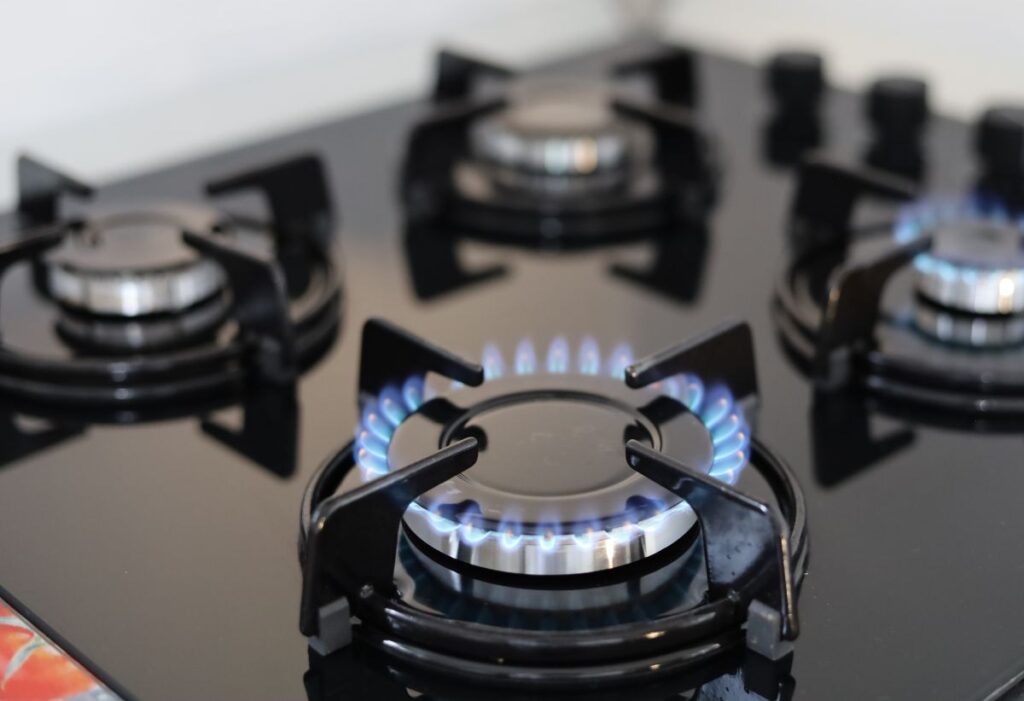Stop Wasting Gas! Try These Hacks to Make Your Cylinder Last an Extra 20 Days

Stop Wasting Gas! Try These Hacks to Make Your Cylinder Last an Extra 20 Days
Gas cylinders are one of the most essential things in any home. But with prices going up, many households feel the pinch when a cylinder that should last a whole month suddenly finishes in just 20 days. It can be stressful to arrange a new one so soon, especially when every refill costs more than before. The good news is that small habits in the kitchen can help stretch the life of your gas cylinder, cut cooking time, and save money at the same time.
Cooking With Lids On
One of the simplest tricks that many people overlook is cooking with the lid on. When food is covered, steam and heat stay trapped inside the vessel. This helps dishes like rice, vegetables, and lentils cook much faster. Without a lid, the heat escapes, and your gas keeps burning longer than necessary. This small change can have a surprisingly big impact on how much gas you use every day.
Choosing the Right Pot
Another useful habit is picking the right pot size for the food you are making. Using a huge pot for cooking just one or two servings is wasteful, because large pots take longer to heat up. Smaller pots heat quickly and evenly, which means less gas and faster meals. If you only need to cook a small portion, pick a vessel that matches the quantity, it makes your kitchen more efficient.
The Power of the Pressure Cooker
Pressure cookers are often called the “savers” of the kitchen, and for good reason. They reduce cooking time by half or more, which also means less gas is burnt. Whether it’s rice, lentils, vegetables, or even soups, the cooker locks in steam and finishes the job quickly. To get the best results, make sure the lid is sealed properly and the right amount of water is used. Every whistle you save is a few more minutes of gas conserved.
Watching Out for Leaks and Weak Flames
Sometimes, gas disappears faster not because of cooking habits, but because of leaks or weak flames. A tiny leak from the cylinder joint or nozzle can waste a huge amount of gas without you noticing. Similarly, if the flame looks too low or keeps flickering, it may mean your stove needs a check. Keeping an eye on these things can prevent sudden cylinder exhaustion.
Preparing Before You Start
Another easy way to save gas is to prepare everything before lighting the burner. If vegetables are still being chopped or spices are being searched for while the flame is on, that time adds up. By keeping all ingredients ready, you make sure the stove is only used when actual cooking is happening. This habit not only saves fuel but also makes the whole process smoother.
The Right Distance Between Pot and Flame
The height of your cooking pot over the flame also matters more than many realise. If the pot is too high above the burner, it takes longer for the food to heat up. Placing it at the right distance allows the flame to work efficiently and the food to cook faster. It’s a small detail, but together with other habits, it adds up to real savings.
Cooking in Smaller Portions
Cooking in very large quantities at once often takes more gas. Splitting food into smaller portions where possible helps it cook faster and with less energy. For families, this might not always be possible, but even reducing portion sizes slightly can help cut down on cooking time and fuel use.
Saving Gas, Saving Money
When all these habits come together, the difference can be clearly felt. A cylinder that was running out in just 20 days can easily be stretched closer to a full month. More importantly, these tips make cooking less stressful and help families handle rising costs better. By using lids, cookers, the right vessels, and staying alert to leaks, anyone can get more value out of every cylinder.











